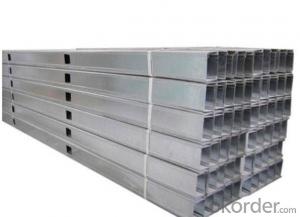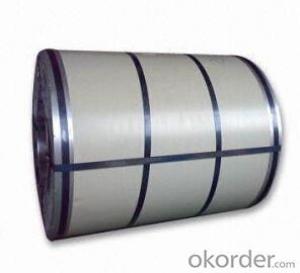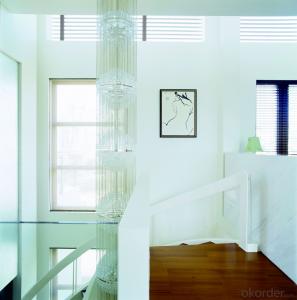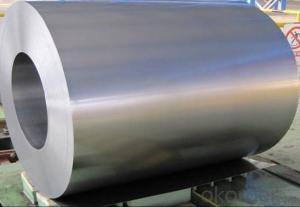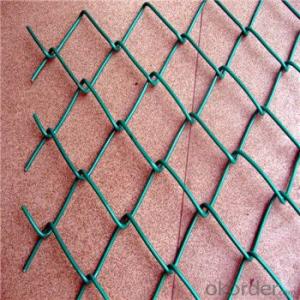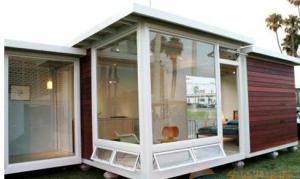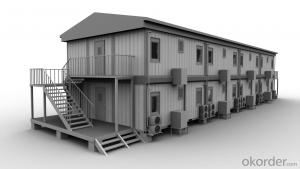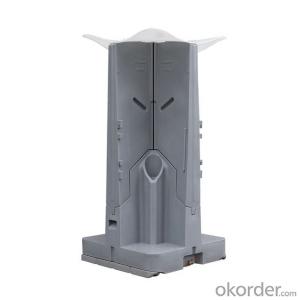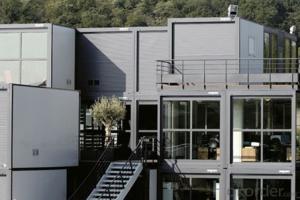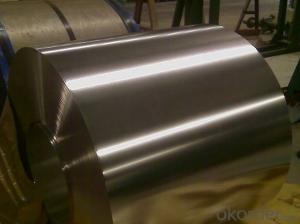Paint Galvanized Steel
Paint Galvanized Steel Related Searches
Best Paint For Stainless Steel Paint For Galvanized Steel Steel Frames For Furniture Self Tapping Screws For Steel Surface Grinding Wheels For Hardened Steel Hole Saw For Stainless Steel Paint For Stainless Steel Stainless Steel For Bbq Step Bit For Stainless Steel Sponge For Stainless SteelHot Searches
Steel Mesh Panels For Sale Price For Stainless Steel Scrap Scrap Price For Stainless Steel Price For Stainless Steel Stainless Steel Tank For Sale Stainless Steel Sheets For Sale Cheap High Tea Sets For Sale Stainless Steel Tanks For Sale Stainless Steel For Sale High Density Fiberboard For Sale Solar Hot Water Collectors For Sale Scaffolding For Sale In Uae Scaffolding For Sale In Ireland Scaffolding For Sale In Houston Type Of Inverter For Solar Price Of Shipping Containers For Sale Types Of Inverter For Solar Stock Price For Aluminum Used Solar Inverter For Sale Steel Mesh Panels For SalePaint Galvanized Steel Supplier & Manufacturer from China
Okorder.com is a professional Paint Galvanized Steel supplier & manufacturer, offers integrated one-stop services including real-time quoting and online cargo tracking. We are funded by CNBM Group, a Fortune 500 enterprise and the largest Paint Galvanized Steel firm in China.Hot Products
FAQ
- Yes, container houses can be stacked or arranged in different configurations. The modular nature of container houses allows them to be easily stacked on top of each other or arranged side by side, creating various configurations based on the desired design and function.
- Yes, container houses can be built in urban environments. In fact, container houses have gained popularity in urban areas due to their affordability, sustainability, and flexibility. These houses are constructed by repurposing shipping containers, which are readily available and cost-effective. They can be easily customized and designed to fit into the existing urban landscape. Container houses offer numerous advantages in urban environments. Firstly, they are an environmentally friendly option as they reduce waste by repurposing containers that would otherwise go unused. Additionally, container houses can be built with energy-efficient materials and incorporate sustainable features such as solar panels and rainwater harvesting systems, making them ideal for eco-conscious urban dwellers. Furthermore, container houses are highly adaptable and can be designed to suit various urban spaces. They can be stacked or combined to create multi-story structures, allowing for efficient use of limited land. This flexibility also makes container houses suitable for urban infill projects, where vacant lots or underutilized spaces can be transformed into affordable and attractive housing options. Moreover, container houses can be aesthetically appealing and fit harmoniously within urban neighborhoods. With the right design and architectural elements, container houses can blend seamlessly with traditional houses and buildings. In fact, many urban areas have embraced container house developments, recognizing their potential to revitalize neighborhoods and provide affordable housing solutions. However, it is worth noting that building container houses in urban environments may need to comply with local building codes and regulations. These regulations ensure the safety, structural integrity, and health of the residents. It is essential to work with professionals who have experience in container house construction and are familiar with local regulations. In conclusion, container houses can be successfully built in urban environments. They offer affordability, sustainability, and flexibility, making them an attractive option for urban dwellers. With careful planning, design, and adherence to local regulations, container houses can contribute to the development of vibrant and affordable urban communities.
- Yes, container houses can have plumbing and bathroom facilities. While shipping containers are typically not designed with plumbing or bathroom facilities, they can be easily modified to include these amenities. With proper planning and construction, container houses can have fully functional plumbing systems that include toilets, sinks, showers, and even hot water heaters. Many container house designs incorporate these features, allowing them to be used as comfortable and livable homes. Additionally, various off-grid and sustainable options are available for water supply and waste management in container houses, making them adaptable to different locations and environmental conditions.
- Container houses can be suitable for areas with high winds, as long as they are properly designed and constructed to withstand these conditions. The structural integrity of a container house greatly depends on the modifications made to the original container and the foundation it sits on. To make a container house more wind-resistant, reinforcements can be added to strengthen the structure. This may include bracing or welding additional steel beams to the container walls or roof. Additionally, installing hurricane straps or anchor bolts can help secure the container to its foundation, preventing it from being lifted or blown away during strong winds. It is also important to consider the location and orientation of the container house. Placing it in a wind-protected area, such as behind natural windbreaks like hills or trees, can help reduce the impact of high winds. Properly positioning the entrance and windows can minimize the risk of wind damage, as well. Moreover, the choice of materials used for insulation and cladding can also contribute to the wind resistance of container houses. Opting for durable materials that can withstand high winds, such as reinforced concrete panels or fiber cement siding, can provide an additional layer of protection. Ultimately, container houses can be made suitable for areas with high winds, but it is crucial to work with experienced professionals who understand the specific challenges posed by the local climate. By carefully considering design, construction, and location factors, container houses can provide a safe and comfortable living space even in areas prone to strong winds.
- Yes, container houses are suitable for remote off-grid living. The versatility and durability of shipping containers make them a great option for people seeking to live off-grid in remote locations. Container houses can be easily transported to any location, making them ideal for remote living. They are designed to withstand harsh weather conditions and are highly durable, ensuring they can withstand the challenges posed by remote environments. Furthermore, container houses can be customized to include all the necessary amenities for comfortable living off the grid. They can be equipped with solar panels, rainwater harvesting systems, and composting toilets, making them self-sustainable and reducing the need for external resources. The compact design of container houses also allows for efficient use of space, making them suitable for remote living where land availability may be limited. They can be easily expanded or stacked to create larger living spaces or accommodate a growing family. Additionally, container houses are cost-effective compared to traditional houses, which can be important when living off the grid, where access to utilities and infrastructure may be limited. The use of recycled shipping containers also contributes to a more sustainable and environmentally-friendly living option. In conclusion, container houses are a suitable choice for remote off-grid living due to their transportability, durability, versatility, and ability to be self-sustainable. They offer an affordable and sustainable housing option for those seeking to live in remote areas while minimizing their impact on the environment.
- Depending on the needs and preferences of a family, container houses can indeed be suitable. They offer numerous advantages that make them a viable option for families seeking affordable and sustainable housing solutions. To begin with, container houses are cost-effective. Utilizing recycled shipping containers significantly reduces construction expenses compared to traditional housing. This makes it a more affordable choice for families on a limited budget or those who wish to allocate their funds towards education or travel. Additionally, container houses can be easily customized and expanded to accommodate a growing family. The modular nature of containers allows for the effortless addition of extra units or floors, providing flexibility as the family's needs evolve over time. This adaptability makes container houses suitable for families with children or those planning to expand their family in the future. Moreover, container houses are environmentally friendly. By repurposing shipping containers, we contribute to waste reduction and lessen our environmental impact. Families who prioritize sustainability will appreciate the use of recycled materials in their housing selection. In terms of design, container houses can be transformed into stylish and comfortable homes. With the assistance of architects and designers, containers can be modified to meet the specific needs and preferences of each family member. This customization ensures that the house is not only functional but also reflects the family's unique style and personality. However, it is crucial to consider some potential challenges. Container houses may require additional insulation and ventilation to ensure proper temperature control and comfort. The limited space within a container may also pose difficulties for larger families, necessitating creative storage solutions and efficient space utilization. In conclusion, container houses can be suitable for families due to their affordability, flexibility, sustainability, and potential for customization. Nevertheless, it is essential to carefully assess the specific needs and constraints of the family before making a decision.
- Certainly, container houses can be constructed with a home automation system in place. By utilizing a home automation system, one can effectively integrate and manage various electronic devices and systems within the container house. These encompass, but are not confined to, lighting, heating and cooling systems, security cameras, door locks, and entertainment systems. Through the assistance of sensors, controllers, and a central hub, the home automation system can offer convenience, energy efficiency, and heightened security to the inhabitants of the container house. Furthermore, the adaptable nature of container houses makes it comparably simpler to install and personalize the home automation system to meet the specific requirements and preferences of the homeowners. Whether it involves remotely adjusting the temperature, scheduling automated lighting, or monitoring the security of the house via a smartphone, container houses can unquestionably reap the advantages of incorporating a home automation system.
- Yes, container houses are suitable for areas with limited space for construction. Due to their compact and modular design, container houses can be easily stacked or arranged in a variety of configurations, making them highly adaptable to small or narrow spaces. They offer an efficient use of available land without compromising on functionality or aesthetics. Additionally, container houses can be customized and tailored to fit specific spatial constraints, making them an ideal solution for areas with limited construction space.



